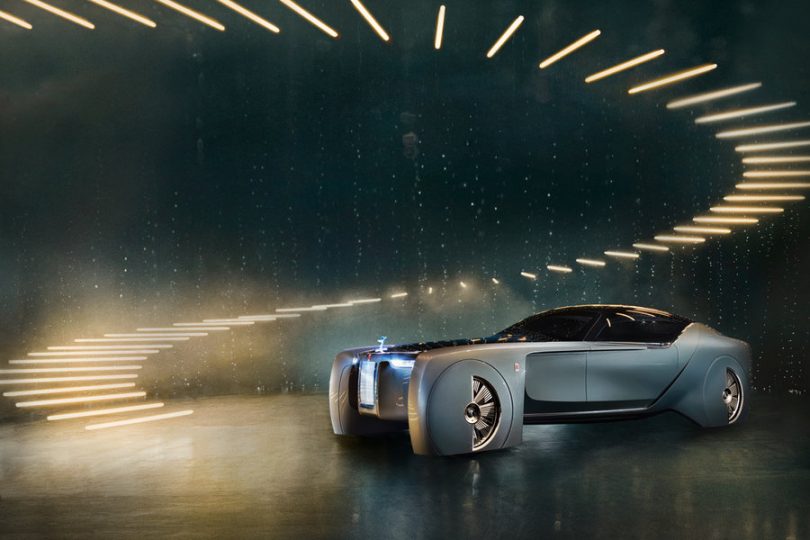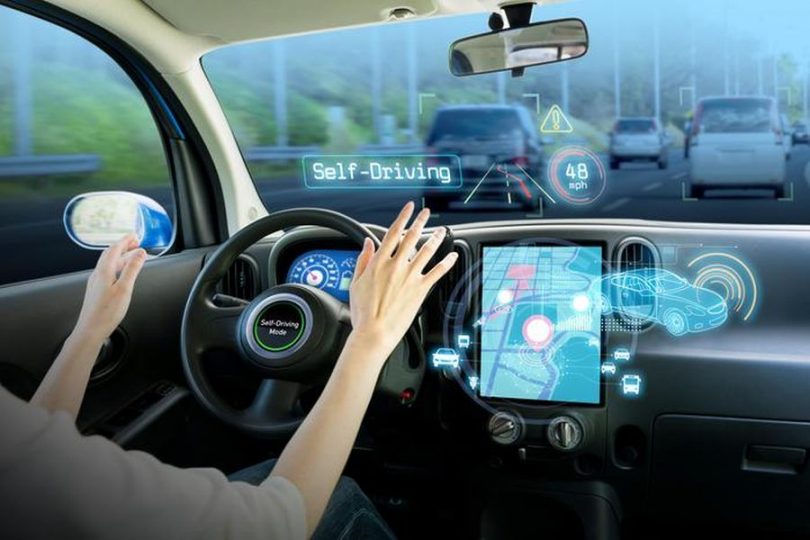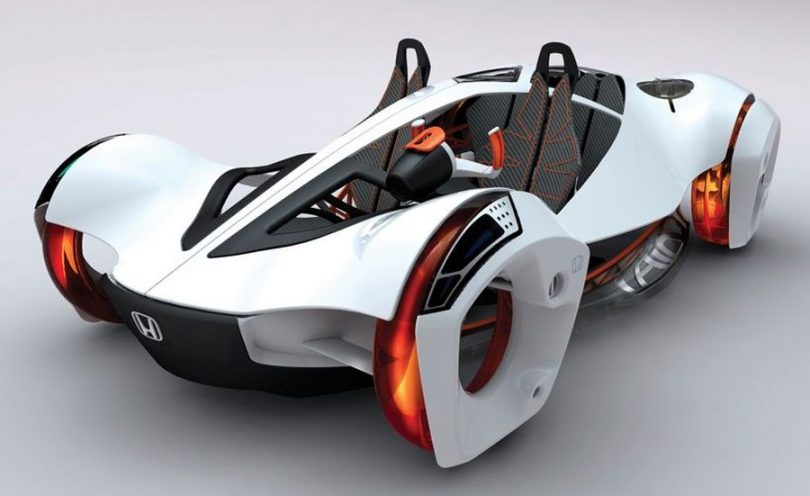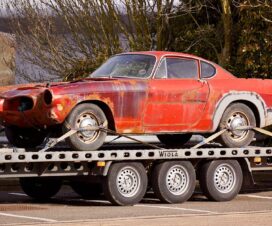 |
The automotive industry is over 100 years old and has undergone gradual transformation thanks to significant technological disruptions. Today, as more and more digital transformation penetrates the automotive sector, cars are fast becoming more of tech accessories rather than simple means of transport. While a vehicle’s fundamental function remains unchanged, current technological innovations seem to be focused on the software contents to enhance the digital capabilities rather than improve the mechanics or the hardware content. These automotive imagination ideas are no longer about autonomy, digitization, and electrification as we have already seen these concepts through the self-driving Tesla Autopilot and Mercedes Driver Assist functions. Future automotive technological breakthroughs will certainly be far-reaching but at what cost? Below is an expectation vs. reality analysis.
1. Alexa-like personal assistants
Top on the list of innovation of future cars is the Alexa-like personal assistants who will enable you to interact with your car through a voice command rather than mechanical action. For instance, if you want to find a parking space, all you have to do is to say “Find parking.” Your car will then automatically navigate you to the closest least expensive, safest garage, based on its program and then pay the parking fee using your credit card. While it may seem a perfect innovation, these cars will have some major undoing. For instance, in case of a computer malfunction or even a minor glitch, the car could cause worse crashes than anything that human error might bring about. Driverless cars will also be super expensive that few people will be able to afford it comfortably. This is reality!
2. Brain-assisted vehicles

Img source: consumeraffairs.com
Brain-assisted vehicles have been proposed are expected to be part of the automotive technology soon. These vehicles are supposed to prevent accidents by automatically detecting failure of a driver to swerve or brake in the events leading to an accident. The car will then perform the most appropriate action and could speed up the process by up to a half second and avert a disaster. The driver will have to wear a full headset electrode which will probably be wireless to analyze electroencephalography (EEG) waveforms generated by the brain. This exclusive technology by Nissan could be cumbersome and ineffective leading to additional safety concerns. Think of it this way; how would the brain-to-vehicle system handle a situation where a driver makes one quick decision, but then immediately changes their mind, or encounters a new obstacle? OR, at what point would the car’s own autonomous system, using data it gathered through cameras or LIDAR and radar, override the brain-computer interface? This technology raises a lot of questions and may not be functional as expected.
3. Flying-cars
Flying-cars could launch more sooner than you think and will have fixed wings with propellers that point upwards for vertical takeoff and landing (VTOL), and tilt forward for flight. Leading aircraft manufactures Airbus and Boeing have projects underway with Uber claiming that it will start test runs next year for service between Frisco, Texas, and the Dalla-Fort Worth airport. This technology is therefore tantalizingly close, and it’s expected to decrease congestion on roads and enhance transport in congested cities. However, questions are being raised whether these cars will be safe, let alone affordable for anyone who isn’t mega-rich? They will undoubtedly be expensive and come with potentially dangerous problems than solutions. A sure thing is that they will be costly to build and maintain. They also may not be safe for transport and will lead to an increase in fatal air accidents. Whether flying cars will be successful, time will tell.
Conclusion

Img source: pinterest.com
Other automotive imagination innovations that are likely to take center stage in the future include shared autonomous vehicles, more option maps, custom-designed vehicles, Augmented intelligent reality dashboard, self-diagnosing cars among others. While these innovations are expected to transform the way we travel, they are likely to come with more problems that could even threaten the existence of human beings. It even seems better to maintain current car technology such as scan adapters rather than welcoming these innovations. Nonetheless, change is inevitable, and these imaginative innovations are bound to happen sooner or later.




